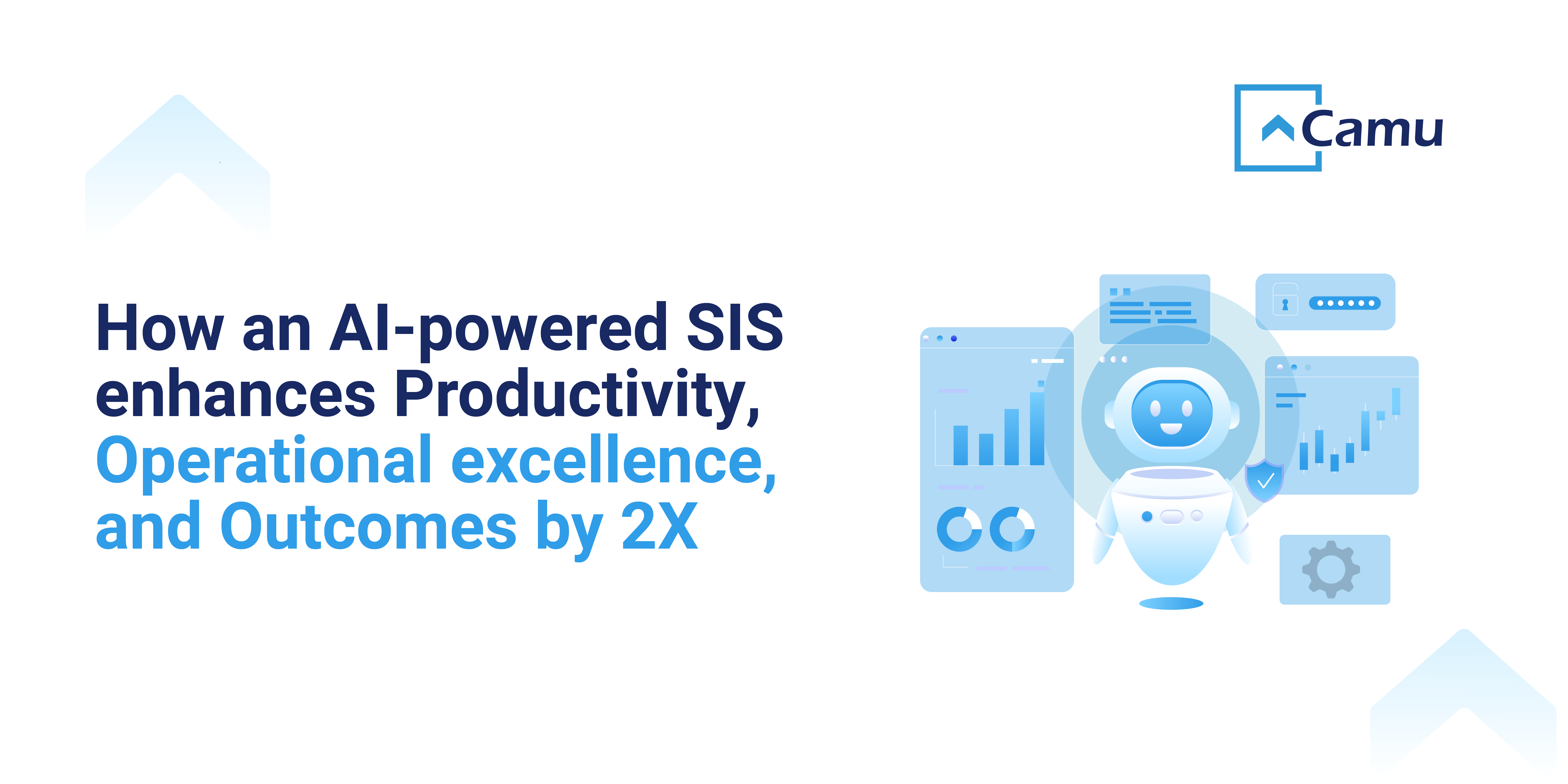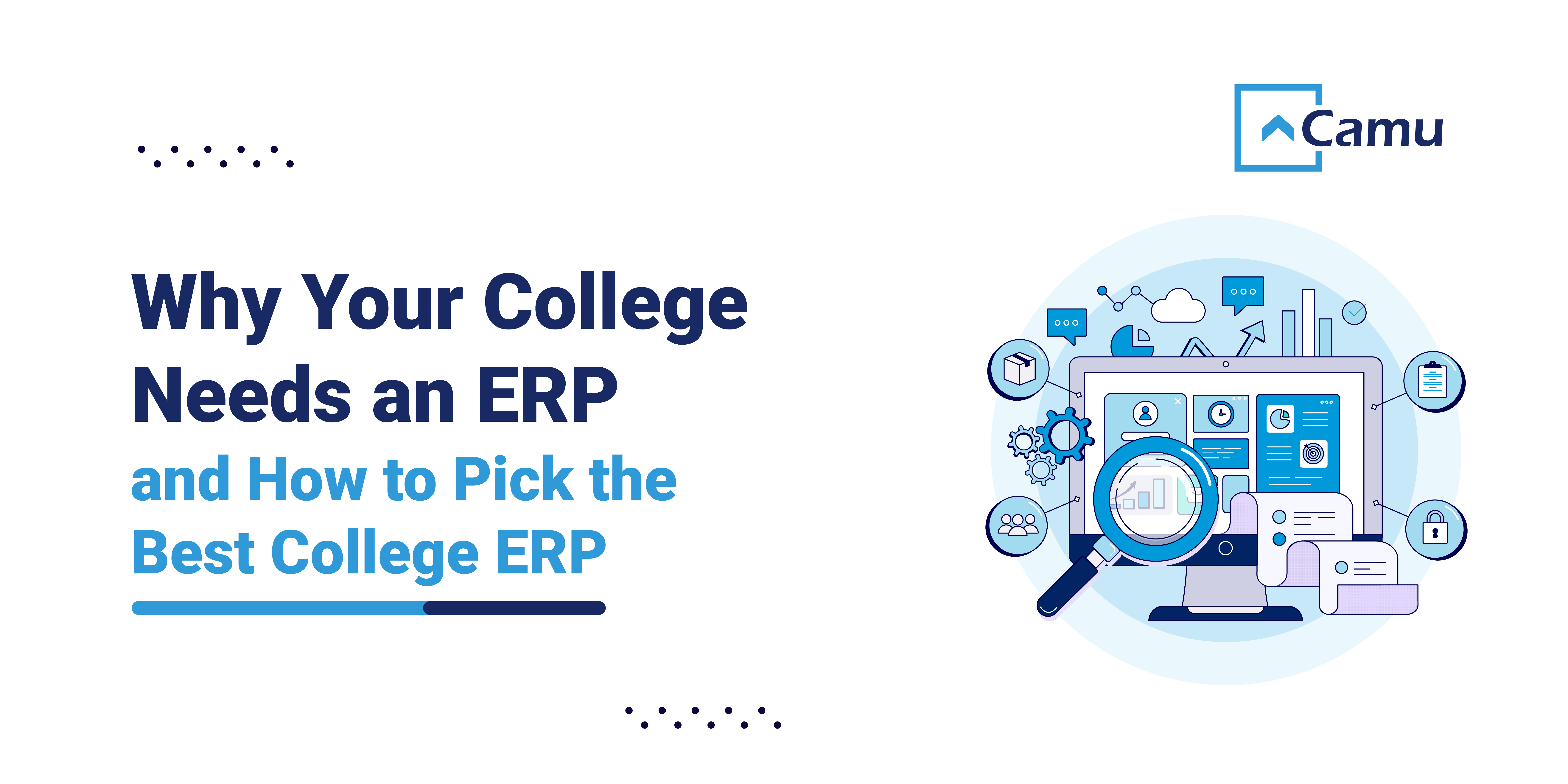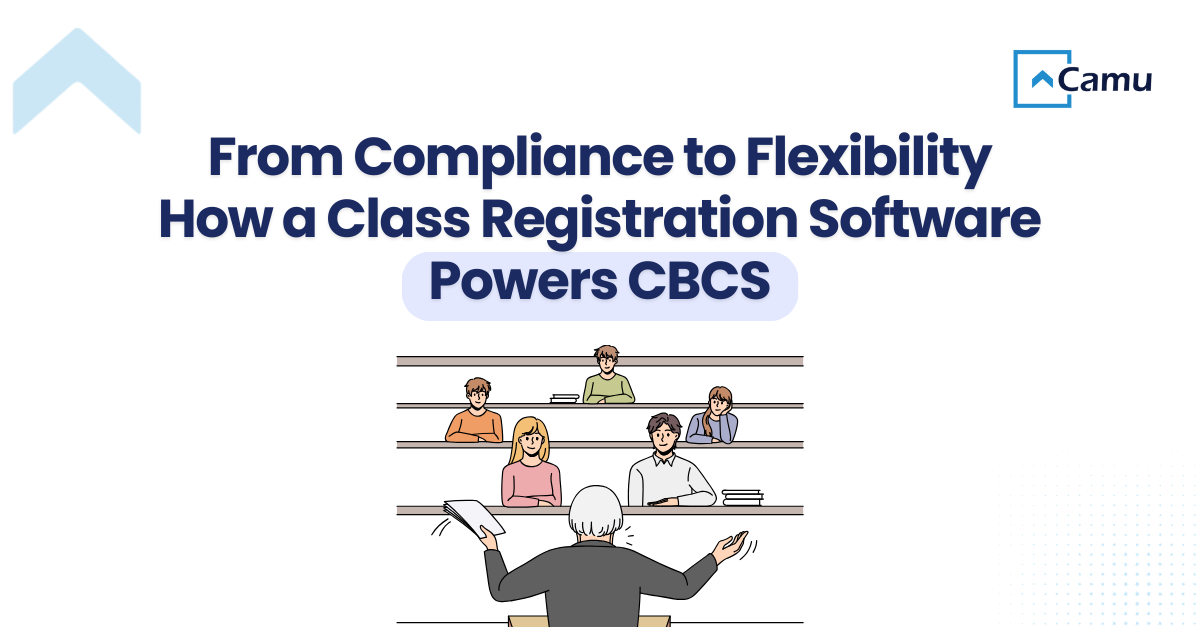Table of Contents
Introduction
What is Blended Learning?
Benefits of Blended Learning
For the Institute
For the Teacher
For the Student
How to Improve the Efficacy of Blended Learning
How Camu Facilitates Blended Learning
Core Features
Institutional Benefits
Conclusion
Introduction
Education is rapidly evolving to become smarter, more accessible, inclusive, flexible, and personalized. Driving this transformation is digital technology, accelerated further by the urgency brought on by the COVID-19 pandemic.
As EdTech tools become more advanced, the demand for a hybrid style of education continues to grow.
If you're an institute of higher education, you're likely aiming to create synergy between online and offline learning—and Blended Learning is the model to make it happen.
Let’s explore what it means and how to make it work.
What is Blended Learning?
Blended Learning combines traditional, face-to-face learning with online, digital instruction. It offers students the best of both worlds—engaging in-person sessions, supplemented with flexible, screen-based content.
A typical blended learning setup includes:
Live webinars
Quizzes
Videos
Surveys
Online discussion forums
Self-paced assignments
While terms like remote learning, hybrid learning, and blended learning are sometimes used interchangeably, Blended Learning specifically refers to a purposeful integration of online and offline learning methods.
Benefits of Blended Learning
Blended Learning can transform your institute into a future-ready, student-centric ecosystem. When implemented correctly, it offers benefits across all stakeholders.
For the Institute
Scalability – Offer courses globally and increase enrolments.
Cost-effectiveness – Reduce infrastructure and travel expenses.
Profitability – Improve margins through digital efficiency.
Time Savings – Automate routine processes, saving faculty and admin hours.
For the Teacher
Enhanced Delivery – Use multimedia tools for richer teaching experiences.
24/7 Communication – Stay connected with students and staff anytime.
Efficient Reporting – Automate grading and focus more on academic impact.
For the Student
Better Retention – Access to diverse resources improves understanding.
Personalized Learning – Explore content at your own pace and preference.
Geographical Accessibility – Learn from anywhere.
Flexible Scheduling – Study at any time, without location constraints.
How to Improve the Efficacy of Blended Learning
To implement Blended Learning successfully, consider these three essential strategies:
Define On-Campus vs Digital ActivitiesAssign in-person time for collaboration, discussions, and problem-solving, while using online platforms to distribute lectures, readings, and assessments.
Enhance Digital LiteracyOffer onboarding and training for students and staff. Ensure everyone is confident in using your chosen platforms and tools.
Create Equitable Support SystemsSupport disadvantaged students with limited connectivity. This could include learning hubs, offline access options, or partnerships with community centers.
How Camu Facilitates Blended Learning
Camu’s Virtual Classroom helps institutions manage and deliver a blended learning experience through one seamless platform.
Core Features
User-friendly UI and mobile app access
Student-centric design with personalized experiences
Full assessment and exam module compatibility
Automated notifications and reminders
Recorded class sessions for on-demand review
Engagement analytics, rubrics, and discussion forums
Camu makes it easy to switch between online and offline modes without disrupting academic continuity.
Institutional Benefits
Unified platform for both campus and remote learning
Simple access through the MyCamu mobile app
Choice of preferred video conferencing tools
Real-time tracking of online classes and student attendance
Integration of SIS, LMS, dashboards, and scheduling tools in one interface
Conclusion
Blended Learning is more than a buzzword—it's a strategic approach to modern education. With Camu, your institution gains the flexibility and functionality to implement it effectively.
Ready to go hybrid? Let Camu guide your transformation.
Contact us at sales@camudigitalcampus.com to learn more.





